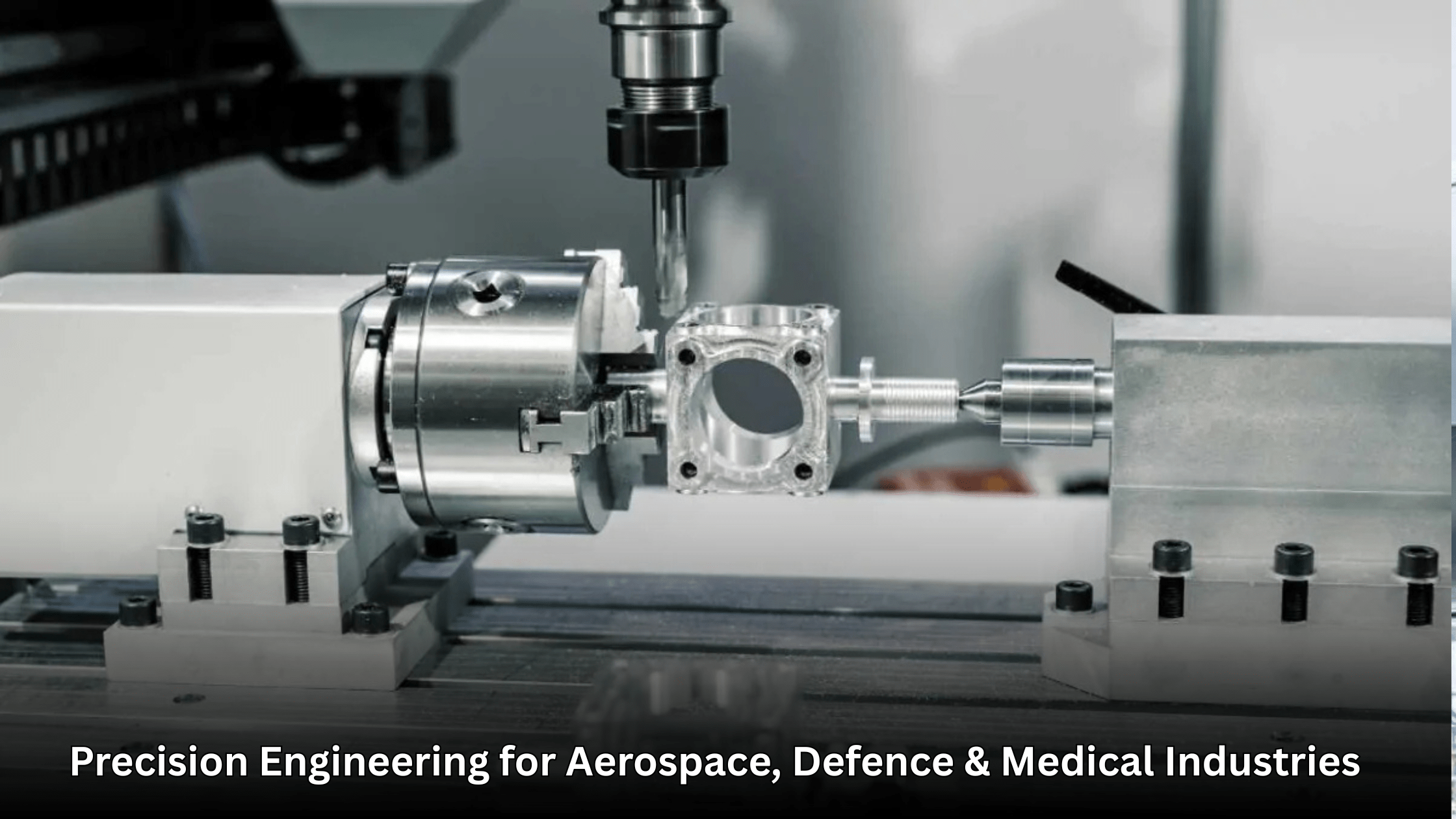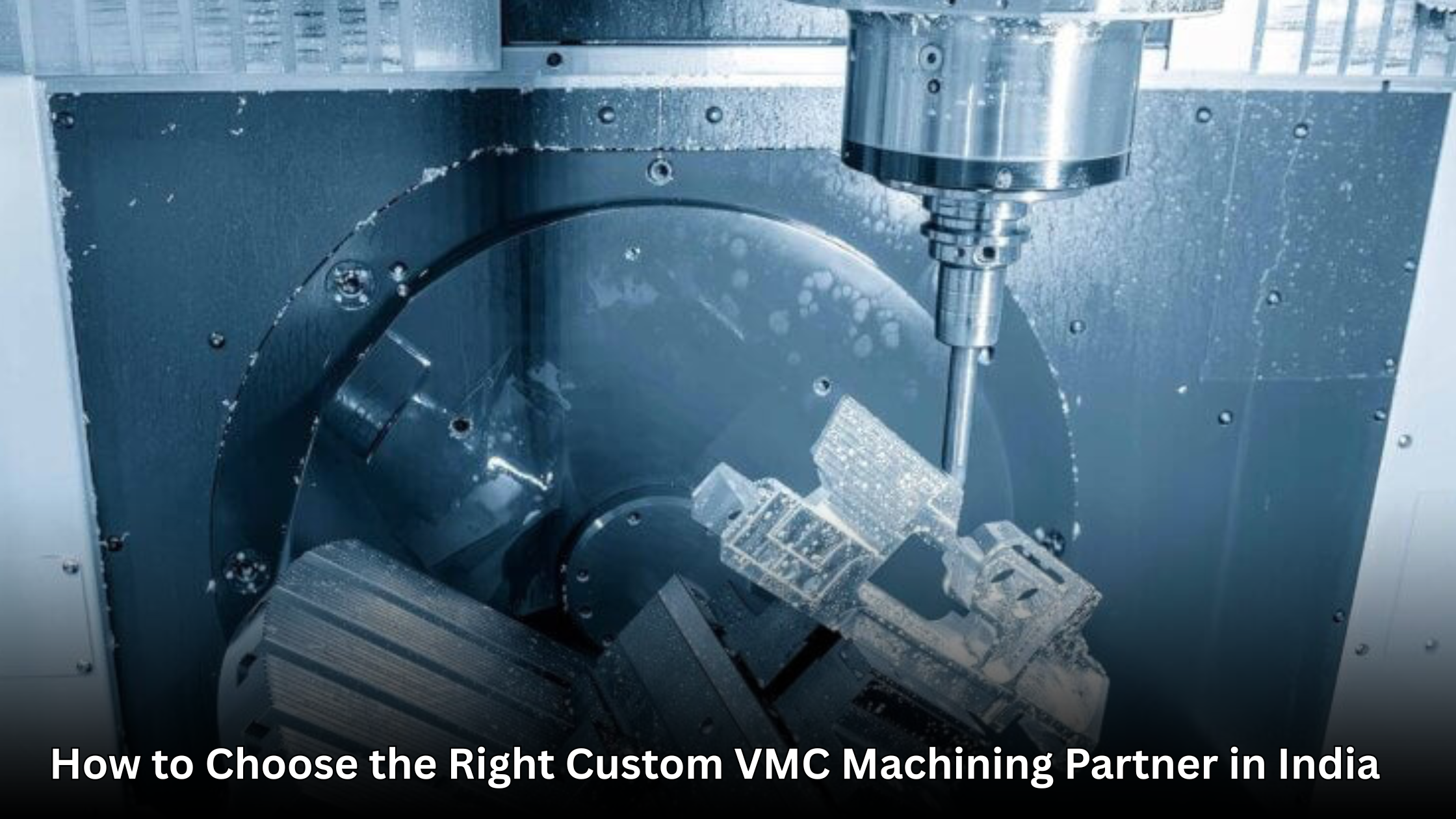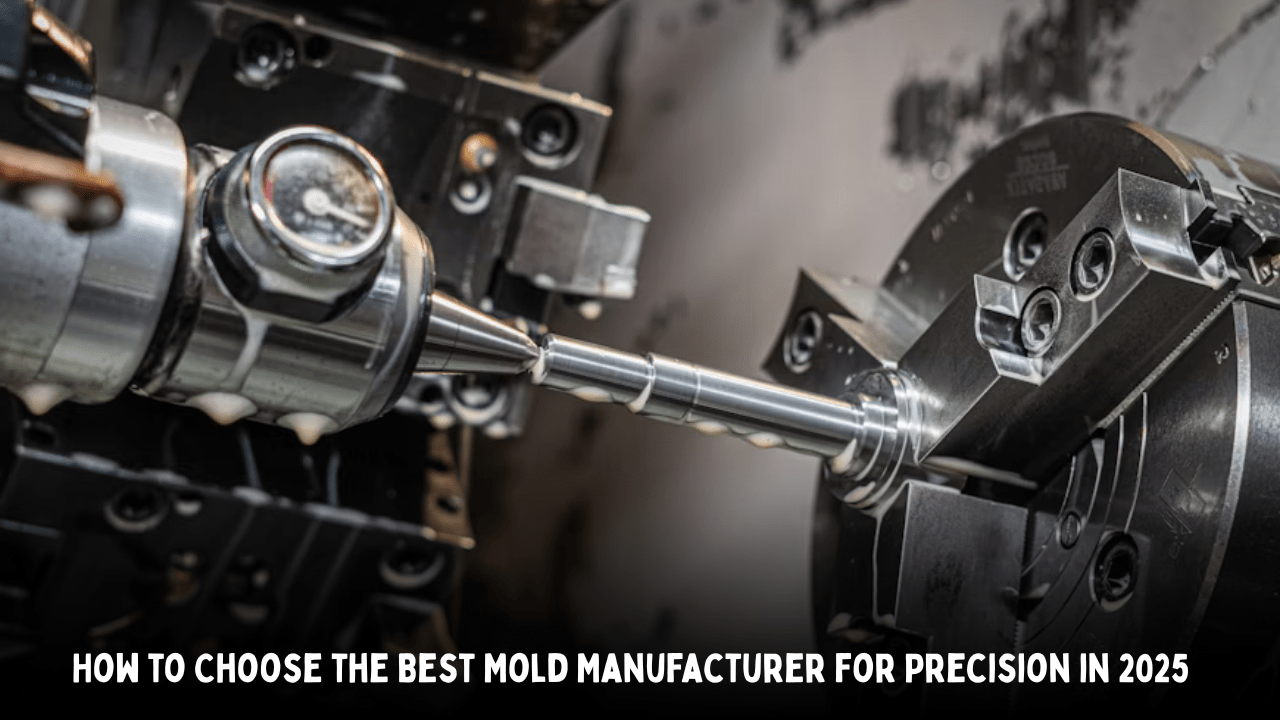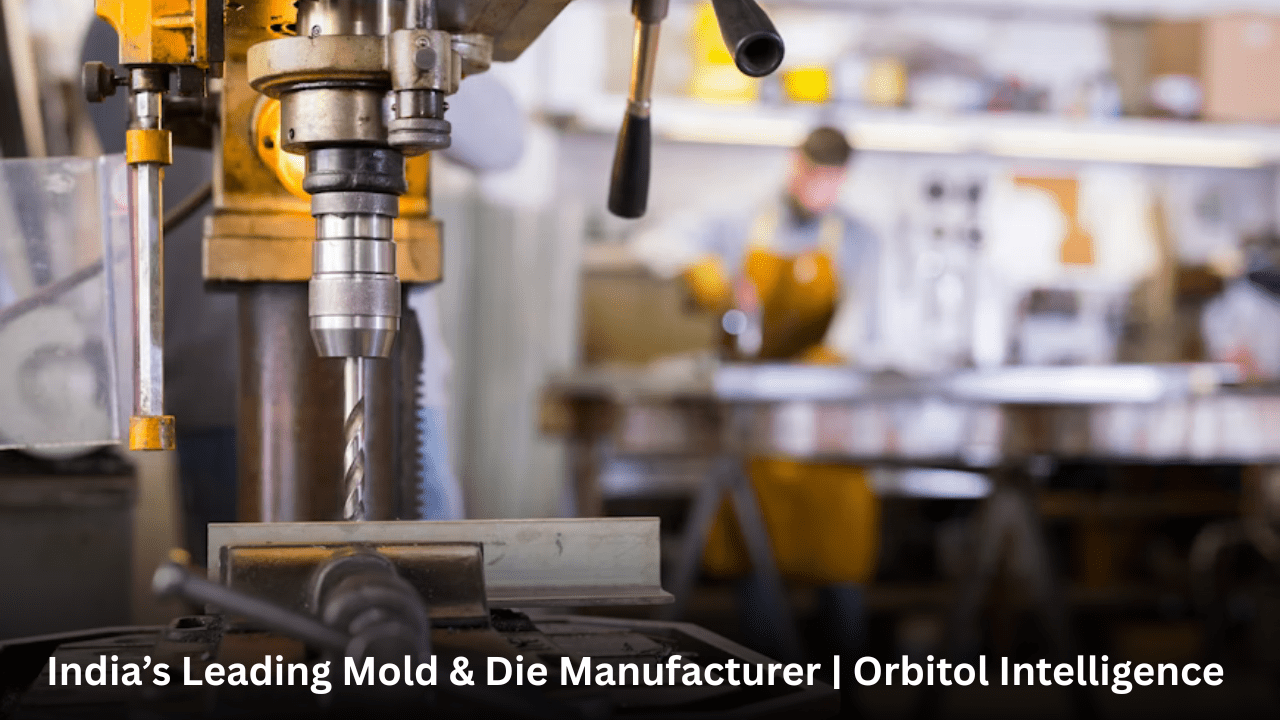Medical technology have been rapidly improving precision and functionality for the past 10 years through various innovations. One of these milestones is the advent of 5-micron implants, which are becoming the new leader in changing the medical device manufacturing sector. Just such ultra-precise implants are opening a new era for surgeons and medical professionals, allowing for results that were considered unattainable before. With this blog, we delve into what 5-micron implants actually are the process of making them, and what impact they carry in the medical technology field.
What are 5-Micron Implants?
Implants with 5 micron features include medical devices with feature sizes or tolerances that only allow five microns. In other words, if the thickness of a human hair is about 70 microns, these implants are at least 10 times smaller in scale than a single hair strand!
Orthopedic, dental, and cardiovascular surgeries are the main sources of applications for these implants. High precision makes it possible to achieve great compatibility between the implanted object and human tissues, thus lowering the risk of side effects and speeding up the healing process.
The Importance of Precision in Medical Devices
Medical equipment field is largely dependent on precision. Even the least deviation in size or shape of an implant will result in the side effects, infections, and implant failure. For this reason, manufacturers are employing high technology in order to reach micron level precision.
With 5 micron manufacturing precision, implants can be made that have the following features:
They fit human anatomy perfectly
During operation they cause minimal damage to tissues
They lower the chances of infection after surgery
Also they provide durability and functionality for a long time
This level of precision is not only a technological achievement but also a very important step towards safer, more effective patient care.
Manufacturing Techniques Behind 5-Micron Implants
Making such accurate implants is not an easy task by any means. It calls for a blend of superior plastic injection molding, metalworking and precision engineering operations. Some of the important steps to achieve this are:
1. Cleanroom Manufacturing
In order to produce these implants at their highest quality level, the implants are made in cleanrooms that have received ISO 14644 certification. Such an environment with strict control over air handling ensures that no dust, bacteria or other tiny particles that are contamination sources can enter the vicinity where the implants are made, hence, every implant meets strict medical standards.
2. Precision CNC Machining
CNC machines are fundamental to attaining micron-level precision. They can execute the cutting, drilling, and shaping of implants with a precision that cannot be matched by humans, thereby minimizing errors and enabling high repeatability.
3. Plastic Injection Molding
Surgery of implants or components made of plastic is generally done by using plastic injection molding to get complicated shapes with high consistency. To maintain micron level tolerances, modern molding machines give manufacturers the possibility to produce high-quality surgical instruments and implants.
4. Quality Control and Testing
After the manufacturing, each implant is subjected to the thorough testing that includes dimensional checking, material integrity inspection, and biocompatibility testing. These tests guarantee that the medical devices are safe and effective for use in surgeries.
Benefits of 5-Micron Implants in Surgeries
The use of 5 micron implants has led a major change in the way surgical outcomes have been gotten. The major benefits are:
1. Enhanced Surgical Precision
With implants that fit perfectly, surgeons can perform procedures more accurately. As a result, the time spent in the operating room is reduced and the fractions of complications are lowered.
2. Faster Recovery Times
Accurate implants are of low risk in tissue damage and the patients can heal rapidly. Fast recovery is very vital in orthopedic and dental surgeries, patient mobility and comfort are at the top of the priority list.
3. Improved Patient Outcomes
Research studies have found that micron-level precision in implants leads to superior connection with human tissue, thereby, the chances of implant rejection or failure are minimized.
4. Versatility Across Medical Fields
Currently, such implants are used in various medical branches – e.g., cardiovascular stents, dental screws, and orthopedic joints. The accuracy of these implants permits their customization as per patient-specific requirements of the morphology in question.
Role of Medical Equipment Suppliers
The transformation due to 5-micron implants would be unthinkable without dependable medical equipment suppliers. They are the ones who offer a very essential group of components, materials, and technologies that allow producers to meet very tough standards.
Suppliers are important in this regard:
Offering and supplying raw materials of high purity and quality
Providing the necessary precision machining tools for various kinds of work
Ensuring compliance with international medical standards especially during the manufacturing process
Contributing to research and development for innovative surgical instruments
Forming alliances with reliable suppliers is synonymous with hospitals and clinics receiving the optimal implants which in turn translate into patient safety maximization and surgical success.
Challenges in Manufacturing 5-Micron Implants
Despite the enormous benefits, the production of these ultra-precise implants hinges on several challenges that the industry has to tackle. These are:
High Costs: The creation of the product becomes quite expensive due to the need for advanced machines, cleanroom facilities, and the use of skilled laborers.
Complex Design Requirements: Even the slightest mistake in CAD models may cause the designed product to be defective.
Regulatory Compliance: Every implant must conform with very strict FDA and ISO standards, thus, there are an extensive amount of documentation and testing exercises that have to be done.
Supply Chain Dependence: Maintaining precision and quality requires the continuous provision of high-quality raw materials.
The industry is still coming up with new ideas to address these obstacles because it knows that they hold the key to better patient care in the future.
Future Trends in Micron-Level Implant Manufacturing
The future of medical device manufacturing is still very promising with all the advances in technology. The main trends that we see are:
Additive Manufacturing (3D Printing): Making it possible to produce implants of a complex design that are highly personalized.
Smart Implants: Health monitoring in real time of implants that are equipped with sensors.
Automation and AI: Making the production more efficient and fewer errors are occurred in the manufacturing process.
Sustainable Manufacturing: Cutting down waste while keeping the standard of ultra-precision.
Such breakthroughs will go on to achieve the impossible in surgical instruments and medical equipment.
Conclusion
5-micron implants are a major technological breakthrough in medical device manufacturing that harmonizes high-tech with handwork. As a result of going down to the micron level for precision, these implants are becoming the reason for better surgical outcomes, patient’s health gets improved after surgery, and medical industry which has been set to new records of standards.
As technology advances in the future, the number of inventions in surgical utensils, medical equipments as well as in implant manufacturing will be more than ever, thus it will be healthcare all over the globe that will be transformed.
For medical manufacturers and suppliers, making the decisions to invest in precision, cleanroom technology, and quality control is not just a choice anymore, it is their way of being part of the future of medical care.







